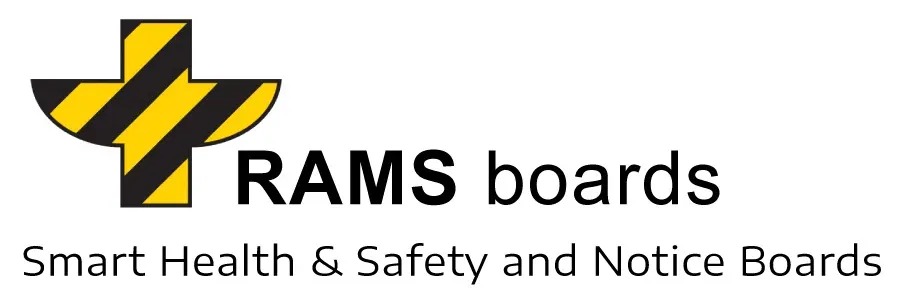The frequency of updating information on a notice board, such as a RAMS Board, largely depends on the nature of the information displayed and the dynamics of the workplace environment. To ensure that the notice board remains an effective communication tool, regular maintenance and updates are crucial. Here`s a breakdown of various scenarios and best practices for updating notice board information:
- Accuracy and Relevance of Information: The primary rule for notice board updates is to ensure the information is always accurate and current. Any time information becomes outdated or is superseded by new information, an update is necessary. This includes changes in contact details, names of key personnel, and other critical data.
- Daily Updates for Dynamic Environments: In highly dynamic environments like construction sites, where hazards and risks change daily, it`s best practice to have a designated employee update the notice board every day. Magnetic whiteboards, as used in RAMS boards, are particularly effective for this level of frequent updating. They allow for quick and easy changes to information, which is crucial in fast-paced work settings.
- Weekly Updates for Task-Specific Information: For notice boards displaying task-specific information such as Risk Assessments, Method Statements, or Inspection and Test Plans, a weekly review and update are advisable. If any deviations or changes occur in the work process, the notice board should be updated immediately with the new information once it`s accepted by all relevant parties.
- Regular Checks for Fire Points: Notice boards used as fire points, particularly those with firefighting equipment, should be checked on a weekly basis. Records of these checks should be maintained for reference. Major changes, like alterations in evacuation routes or staff assembly points, need to be updated as soon as they occur. Regular staff meetings and “toolbox talks” on these matters are also recommended as best practice.
- Quarterly Reviews for Less Dynamic Settings: In less dynamic environments, a quarterly review of the notice board may be sufficient. Keeping the information up to date and changing it periodically can help capture people’s attention, as they tend to notice when something on the board changes.
- Use of Visual Aids: Employing visual aids like A3 posters, which are visible from a distance, can enhance the effectiveness of the notice board. These can be updated periodically to ensure the board remains fresh and engaging.
- Team Involvement in Updates: In settings without a fixed structure for notice boards, rotating the responsibility of updates among team members can be beneficial. This approach brings fresh perspectives and ideas, keeping the notice board dynamic and engaging.
- Annual Updates for Policies and Public Liabilities: It’s essential to update policies and public liability information at least annually to ensure compliance and relevance.
It`s important to tailor the update schedule to the specific needs of your workplace and the type of information displayed. Keeping the notice board current not only ensures effective communication but also reinforces the importance of safety and organization in the workplace. For specific questions or further assistance, contacting the provider at [email protected] is recommended.
